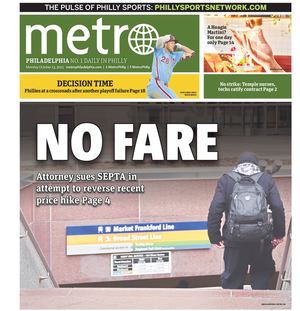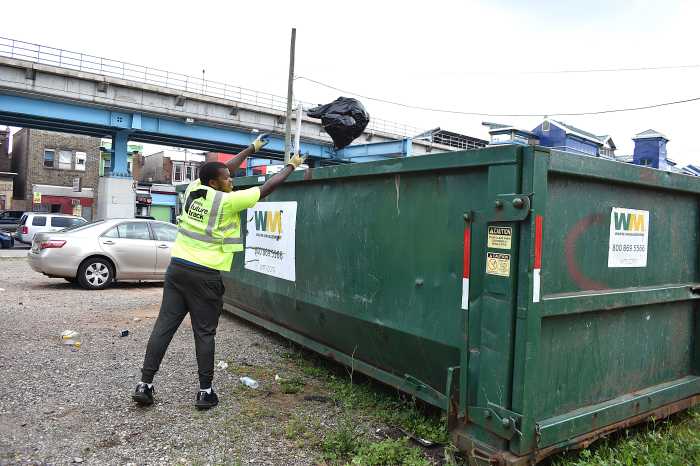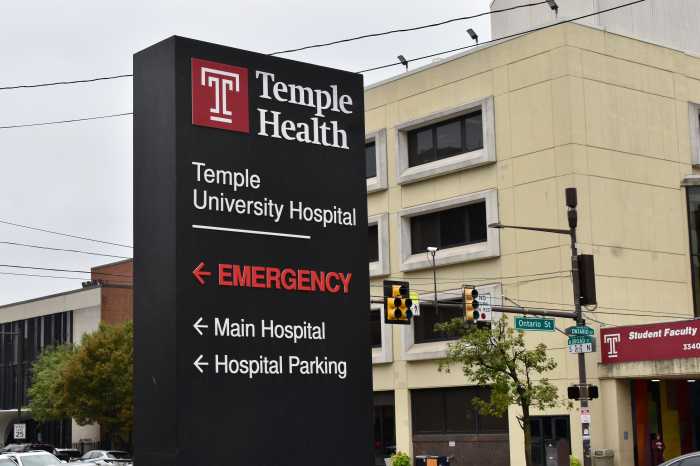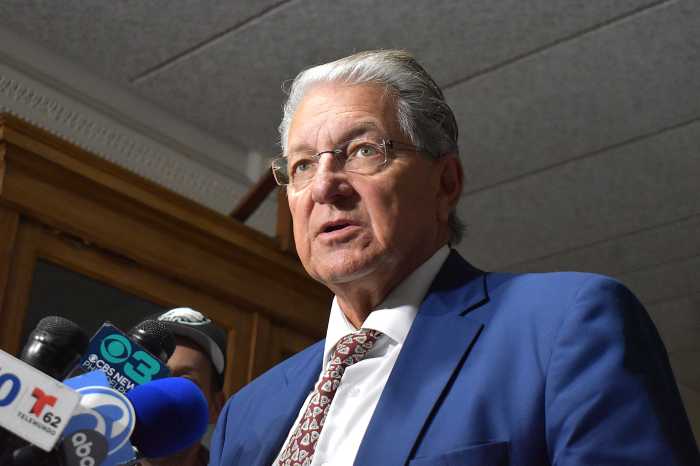On May 13, 1985, a bomb dropped by Philadelphia police ignited a blaze that would consume 61 homes, kill 11 people, and leave a neighborhood in ashes—while firefighters, under city orders, stood by and watched. The inferno on Osage Avenue remains the most searing and controversial chapter in the nearly 300-year history of the Philadelphia Fire Department, whose origins trace back to Benjamin Franklin’s Union Fire Company in 1736.
Fire Department origins
It’s been 155 years since a city ordinance approved Philadelphia’s first paid fire company , and nearly 290 years since the formation of Philadelphia’s first volunteer company known as the Union Fire Company. In 1799, the Philadelphia Fire Company Number 18 was established at 3rd and Spruce Streets. They would not get a steam fire engine until the Civil War in 1861.
Philadelphia’s first Fire Marshal was appointed during the American Civil War in 1864 under the Philadelphia Bureau of Police , where the position would remain until 1937 , under the Director of Public Safety , and then finally under the Bureau of Fire in 1950.
In order to fight all of the city’s fires , a citywide High-Pressure Fire System was approved in 1901. By the completion of the system , over 25 miles of Philadelphia was covered with 434 fire hydrants in 1903, from the Delaware River to Broad Street, and Race Street to Walnut Streets. The High-Pressure Fire System would serve Philadelphia for 102 years until it was retired in 2005 due to disrepair.
Over the years, the Philadelphia Fire Department would get national news coverage for their significant role in Philadelphia firefighting — perhaps none more significant that during the confrontations between the MOVE organization and the City of Philadelphia.
A city on fire
Founded by Korean War Veteran John Africa , the MOVE organization originally lived in the Powelton section of West Philadelphia , with their children and caring for animals. In March 1976 , the clash between MOVE and the City of Philadelphia began. After members of the organization went to pickup some other members from jail , a celebration broke out on the streets of West Philadelphia. Soon after , Philadelphia police showed up to relocate the celebration. In the altercation , a baby from one of the families was killed.
Two years later , in August 1978 , local police became engaged in a standoff with MOVE members while trying to evict them from a house. When the shootout concluded , 16 firefighters and police officers had been injured and one Philadelphia cop was dead. Nine members of MOVE were sent to prison and the standoff was over in less than an hour.
Forty years ago on May 13, 1985 — in the Cobbs Creek section of the city — police had evacuated residents around Osage Avenue , and had obtained arrest warrants and attempted to remove people from 6221 Osage Ave. After, Philadelphia police fired some 10,000 rounds of ammunition at the house , and then proceeded to remove a bunker on top of the house with Philadelphia Fire Department’s high-pressure water hoses. After that did not work — police dropped a satchel bomb on the house by helicopter. The fire that resulted from the building soon spread and Philadelphia firefighters were held back for nearly 90 minutes.
In the aftermath, 250 people were homeless, 61 homes were destroyed, and 11 MOVE members were dead. In 2005 , a jury awarded residents a $12.83 million settlement judgement against
Although the Philadelphia Fire Department has battled many significant blazes like the Philadelphia Zoo Fire of Christmas Eve 1995 and the Gulf Oil Refinery Fire in Philadelphia in August 1975 , perhaps no news coverage was more significant than the fire at the MOVE compound back in May 1985.
Oh and one of the most significant figures in the founding of Philadelphia’s first volunteer company known as the Union Fire Company in 1736? That was none other than Benjamin Franklin.
Michael Thomas Leibrandt is a member of the Old York Road and Wissahickon Historical Societies and lives and works in Abington Township.






























